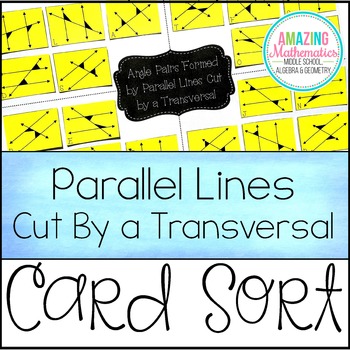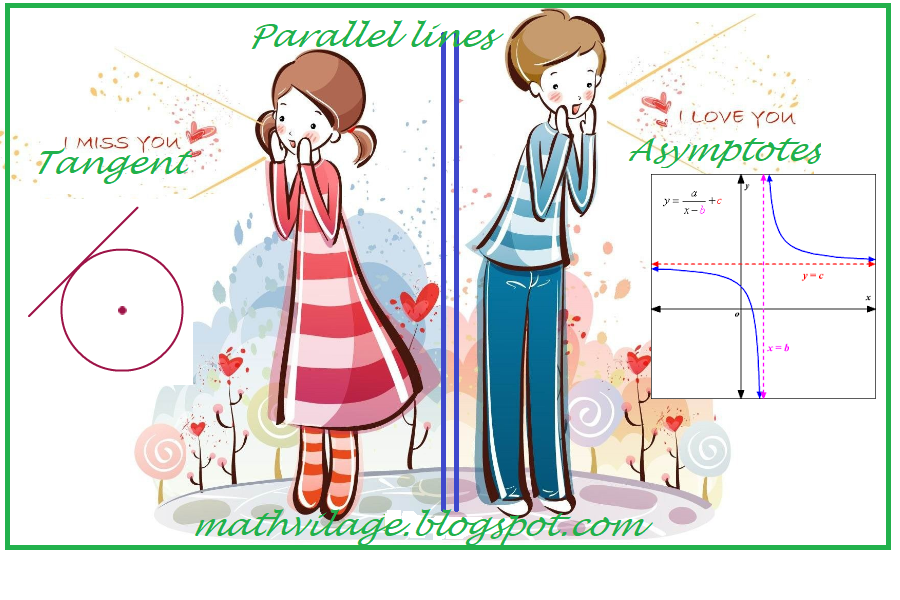

Any cross section that is parallel to the base of a circular cone forms a circle that is similar (all circles are similar) to the base. Depending on how the cutting plane intersects the cone, a different shape is formed. Cross sections of conesĪ cutting plane is a plane that intersects a cone, forming a cross section. An oblique cone's axis is not perpendicular to its base.

The axis for a right cone is also the height of the cone.

A right cone's axis is perpendicular to its circular base. The line segment from the apex to the center of the circular base of the cone, often referred to as the axis of the cone, is used to classify it as a right cone or oblique cone. The slant height of a cone is the distance from the apex to a point on the edge of the circular base. The height of the cone is the distance from the apex to the base. The base and apex lie in different planes. Properties of a coneĪ circular cone has a circular base and a curved lateral surface that wraps around the base and meets at a vertex called the apex of the cone. Images are of similar figures, including those that can be used in application problems. A proportion is an equation stating that two ratios are equal. You may think of a traffic cone or an ice cream cone whenever you hear the word cone. This mathematics ClipArt gallery offers 38 illustrations that can be used when teaching the concept of proportionality. In that image, the orange and yellow planes are the same ones as before, but the blue picture plane has been moved and reoriented the images of the two planes are now non-parallel lines.A cone, usually referred to as a circular cone, is a 3D geometric figure that has a circular base and comes to a point outside the base. Is there a property that only one perpendicular line can be drawn through a. Of course if you choose a different picture plane, then the lines will no longer appear parallel, and their intersection will be plainly visible as a point in the new picture plane. in Applied Math from UC Davis Author has 8.2K answers and 27.1M. Look at the following pictures and observe that how stumps of a wicket are. We are treating a Euclidean line, $l$, as a set of points and we are adding a non Euclidean point $p$ to that set, $l' = l \cup \^3$ corresponds to a point "at infinity". In perpendicular lines when two intersecting lines a and b are said to be. To that line and all lines parallel to it, you add one extra point, a point at infinity. A beautiful illustration of this is given by. You start with a Euclidean plane and you add points to it as follows. Whenever we look at parallel lines running far away from us, they appear to converge at a point at infinity. The creation of such a geometry is really quite clever. The big question is, "Does there exists a geometry that satisfies the postulates of Projective geometry?" Yes there does. But Projective geometry accepts DL2 as a postulate. Since Euclidean geometry contains parallel lines, DL2 is false. L1: Given two distinct points in a plane, there is exactly one line in that plane that contains them.ĭL1: Given two distinct lines in a plane, there is exactly one point in that plane that belongs to both lines. The postulate that every geometry seems to agree on is the one that states But postulates define their "baseline" behavior. Typically, in formal geometry, points, lines, and planes are not defined. You might be thinking about Projective Geometry where a "point at infinity" is added to every family of parallel lines and the set of all points at infinity is called the "line at infinity". It includes plentiful illustrations and exercises in support of the thoroughly worked-out proofs. This volume presents an accessible, self-contained survey of topics in Euclidean and non-Euclidean geometry. Parallel lines are lines that are lying on the same plane but will never meet. Let’s go ahead and begin with its definition. point, line, line segment, ray, angle, right angle, intersecting lines, parallel lines, perpendicular. When working with parallel lines, it is important to be familiar with their definition and properties. Mathematics Enhanced Scope and Sequence Grade 4. In other geometries, there may be no parallel lines, lines may not have a common point but they may have a common limit point at infinity, or they may just not intersect. Topics in Geometry includes over 800 illustrations and extensive exercises of varying difficulty. Parallel Lines Definition, Properties, and Examples. Lines are parallel if they lie in the same plane and they don't intersect.


 0 kommentar(er)
0 kommentar(er)
